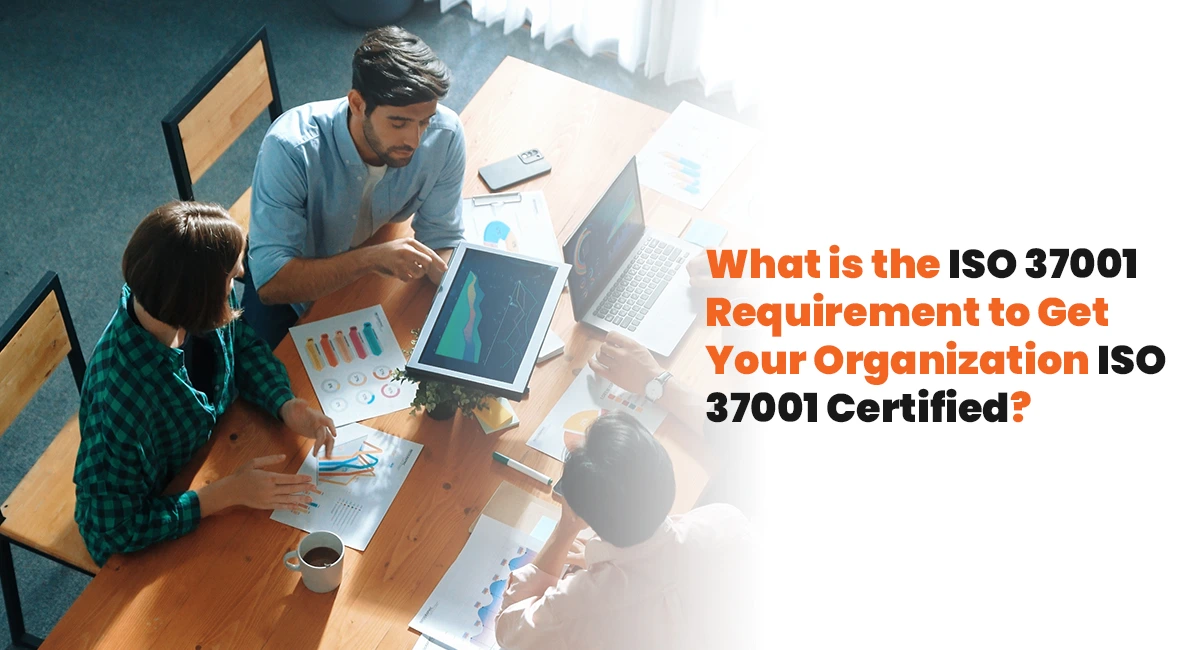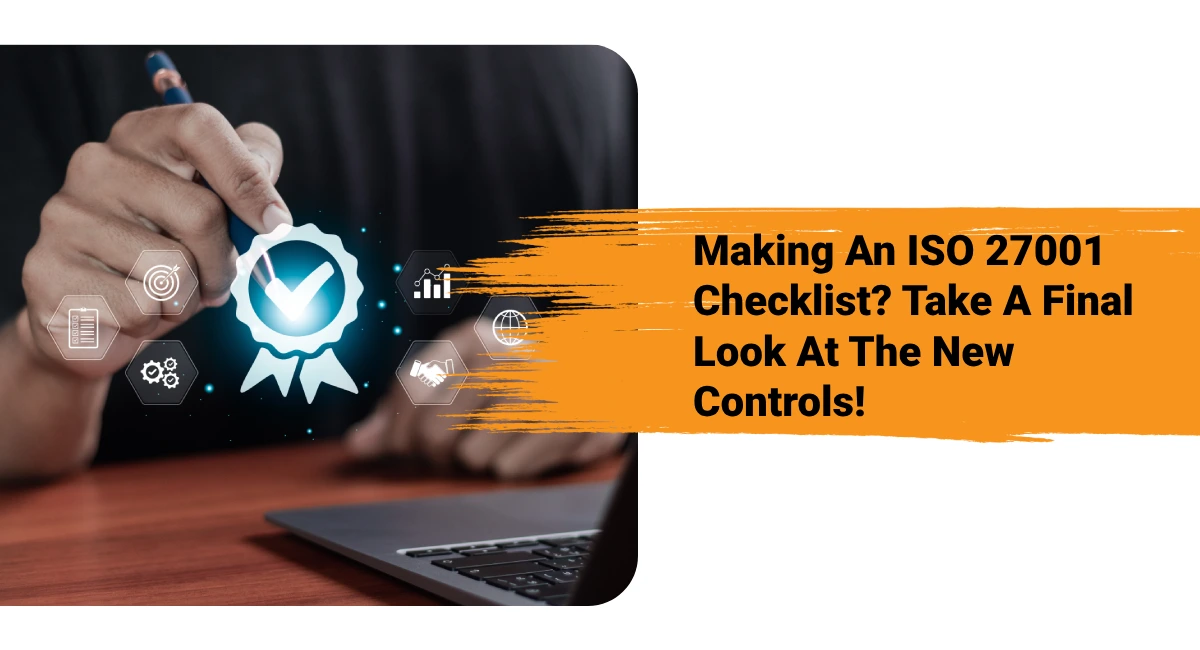In the modern world, where globalization and competitiveness have become the norm, standards of quality, safety, efficiency, and security of business are supposed to be of a high level. ISO certification is a very useful program with the aid of which companies can adjust to the generally accepted requirements of perfection, which are internationally accepted. However, why is ISO certification required? The solution is in the increased necessity of consistency, customer trust, as well as regulatory compliance in all industries.
The ISO certification can help you improve your operations, reputation, and growth capacity, whether you are a startup, a grown-up enterprise, or a service provider. In our blog, we dissect how ISO certification is not only good but also becoming a must in every business in this era.
Establishes International Credibility and Recognition
Globally recognized ISO certification is also among the best reasons necessitating ISO certification. ISO standards are internationally accepted, and this helps businesses to easily transact their business in foreign markets. If you are working with suppliers, clients, or partners in a foreign state, an ISO-certified management system will indicate to them that you are serious about your quality and care about following the internationally accepted standards.
This awareness can assist companies:
- Gain access to new markets
- Improve international business relationships
- Reduce trade barriers due to standard compliance
Enhances Operational Efficiency and Processes
The ISO standards aim to make the business processes smooth and lean. As an example, one can speak of ISO 9001, which is concerned with quality management, ISO 27001, which deals with information security, and ISO 14001, which concerns environmental management. All the standards entail a structured way of planning, observing, and continuous progress.
The result of this is:
- Reduced waste and inefficiencies
- More predictable outcomes
- Clear responsibilities and better team performance
- Measurable improvements over time
An effective ISO system transforms into the sustaining entity of an efficient organization.
Increases Customer Satisfaction and Confidence
Present-day customers are highly informed and quality-conscious. They are keen that they know the products or services that they invest in are of a standard. ISO certification acts as a sign of guarantee that a firm has put quality, trustworthiness, and constant upgrading as its focus.
Businesses with ISO certification can:
- Address customer complaints more effectively
- Deliver consistent product/service quality
- Build long-term customer relationships
- Strengthen their reputation in the market
Supports Legal and Regulatory Incorporation
ISO standards can be very similar to the national and international rules. These standards can also assist the firms in remaining lawful and industry-oriented.
For example:
- ISO 27001 supports data protection laws like GDPR.
- ISO 45001 ensures compliance with workplace health and safety rules.
- ISO 14001 aligns with environmental regulations.
By using the ISO framework, companies can better monitor compliance, reduce the risk of legal penalties, and avoid operational disruptions.
Boosts Market Competitiveness
ISO certification is a requirement in most tender processes and procurements (competitive tenders). In many cases, it may be the ultimate difference between one supplier and another.
Business through ISO certification enjoys the following advantages:
- Expanded access to state and business deals
- Enhanced trust of bids and proposals by the customers
- An improvement in brand image and value in the marketplace
Concisely, the ISO certification provides businesses with a competitive advantage in highly competitive business environments.
Drives a Culture of Continuous Improvement
The ISO standards will help organizations to check their performance, investigate flaws, and introduce corrective measures at regular intervals. This forms a self-evaluation and lifelong development habit.
Benefits include:
- Continuous development and changes
- Participation of the employees in process improvement
- Sustainability and innovativeness in the long term
This proactive thinking pattern makes businesses adjust to changes in the market more efficiently.
Final Words
Therefore, why is ISO certification required for businesses in the modern world? It is so since it introduces order, authority, and quantifiable performance. It assists businesses in enhancing in-house operations, fulfilling external demands, and expanding without fear. Through ISO certification, you find a trusted path whether you are interested in increasing quality, dealing with risk management, guarding information, or achieving sustainability. If you are intending to get certified, Blue Wolf Certifications can help you in that process. Being a professional ISO registration organization, they ensure that the process of certification is carried out professionally, transparently, and in a customer-oriented manner.
FAQ
Will ISO certification be obligatory for businesses?
No, it is not mandatory; any company chooses to be ISO certified. Nevertheless, in most industries, their clients/regulators might demand it in order toenter into a partnership or abide, thereby making it operationally obligatory.
What is the duration up to ISO certification?
The length will vary based on the size and complexity of your organization; however, it is normal within 3-6 months of commitment to certification.
Are small companies capable of gaining an advantage with ISO certification?
Absolutely. ISO certification assists small companies and entities in enhancing organizational structure, getting contracts, and acquiring trust with clients and partners.
What types of ISO certifications are most common for businesses?
Popular standards include ISO 9001 (quality), ISO 27001 (information security), ISO 14001 (environment), and ISO 45001 (occupational health and safety).
Does ISO certification guarantee success?
ISO certification doesn’t guarantee success, but it provides the systems and discipline needed to improve performance, reduce risks, and satisfy customers effectively.






